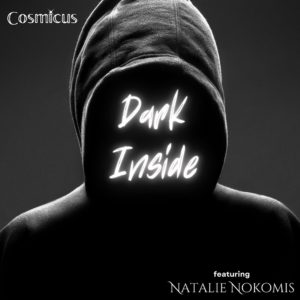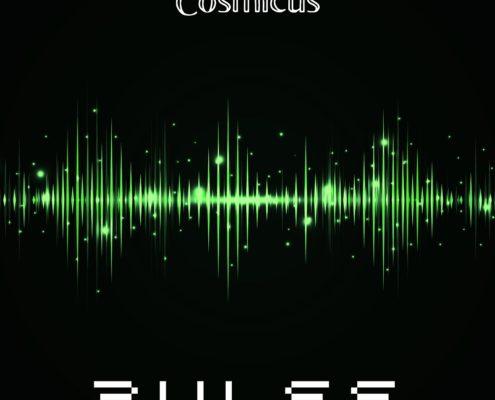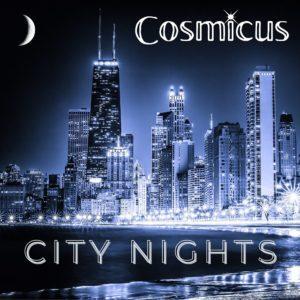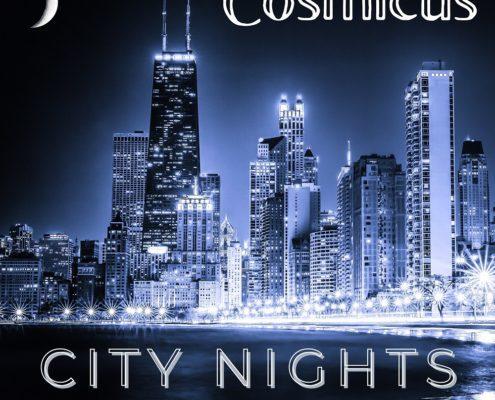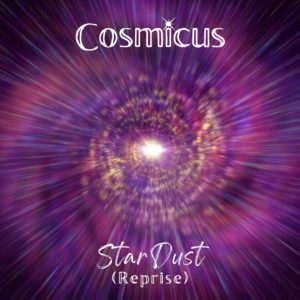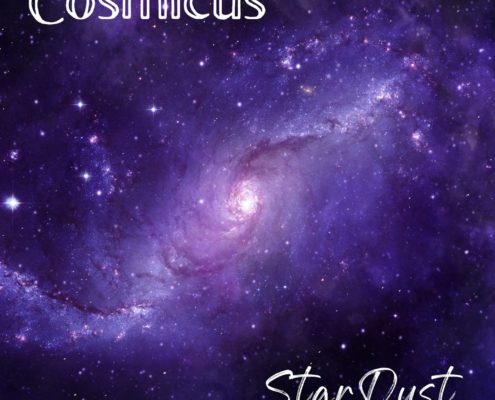How to Collect Royalties as an Independent Artist (Producer or Musician)
In this post, we learn how to collect royalties as an independent artist. As a DIY artist or independent music producer, you’re in charge of every aspect of your career, including ensuring you collect all the royalties your music generates.
Royalties are a significant source of income for musicians, but they’re often complex and scattered across multiple platforms. Frustrating, isn’t it? But don’t worry – it’s not as difficult as it seems, and this post will help get you set up for success.
Taking the initiative to track, claim, and manage your royalties is essential to sustain and grow your career.
Here’s how you can make sure you’re capturing every dollar owed to you as an independent producer or musician. Follow the steps on this post, and you’ll be all set!
Understand the Different Types of Royalties
To collect all your earnings, you need to understand the types of royalties your music can generate:
Performance Royalties: Earned when your music is played publicly, such as on the radio, at concerts, or through streaming platforms.
Mechanical Royalties: Generated from physical sales, digital downloads, and streaming.
Synchronization (Sync) Royalties: Paid when your music is licensed for use in movies, TV shows, commercials, or video games.
Print Royalties: Earned from the sale of sheet music or lyric books.
Each type of royalty comes from a different source and requires proper registration to ensure collection.
Register with Performance Rights Organizations (PROs)
Performance royalties are collected and distributed by organizations like ASCAP, BMI, or SESAC in the U.S. These organizations ensure you get paid when your music is played on radio, TV, or in public venues.
Outside the U.S., organizations like PRS (UK) or SOCAN (Canada) perform similar functions. Register each of your songs with your chosen PRO to track and collect these royalties.
Personally, I use ASCAP, and I’m happy with them.
Here are the PRO website links for some of the largest countries:
USA – ASCAP, BMI, or SESAC
Canada – SOCAN
UK – PRS, PPL
Germany – GEMA
Australia – APRA
Mexico & Brazil – ECAD
South Africa – SAMRO
China – MCSC
Sign Up with Mechanical Royalty Collectors
Many DIY musicians miss out on mechanical royalties. Services like Songtrust, TuneCore Publishing, and the Harry Fox Agency help you collect these earnings from streaming platforms, downloads, and sales.
I use TuneCore because they partner with the Mechanical Licensing Collective (MLC) to track and pay out digital mechanical royalties in the US.
In addition, for digital performance royalties from platforms like Pandora and SiriusXM, register with SoundExchange.
Use a Digital Music Distributor
Digital distributors like TuneCore, CD Baby, and DistroKid offer their service to get your music on platforms like Spotify, Apple Music, Tidal, Amazon Music, Pandora, and all streaming platforms worldwide.
I use DistroKid and I’m very happy with their music distribution services. For the price you pay and the value you receive, it’s a good deal. Plus, their customer service has solved every issue I’ve ever had.
These platforms generate both mechanical and performance royalties. Distributors often provide tools to track your earnings and ensure proper payment.
Here’s a link for 7% off DistroKid music distribution services.
Optimize Metadata and Song Registration
Accurate metadata is crucial for royalty collection. This is a very important tip – especially if you’re pitching your music to sync agencies or music supervisors.
Ensure your song titles, writers, and publisher information are correct and consistent across all platforms. Errors in metadata can lead to unclaimed royalties and lost opportunities, so don’t skip this step.
I use MP3 Tag software and it’s a breeze adding metadata to your MP3s with that program.
Monitor and Claim Uncollected Royalties
Review royalty reports from PROs, distributors, and collection agencies regularly. Use platforms like Songtrust to find and claim unmatched or uncollected royalties.
Protect Your Music
Copyright your music with the U.S. Copyright Office (or the equivalent in your country) to safeguard your work and ensure legal protection against unauthorized use.
Make Sure you Collect Royalties as an Independent Artist
As an independent musician, taking control of your royalties is a critical part of building a successful career. Without a record label, you’re responsible for doing it all yourself.
By understanding the types of royalties, registering with the right organizations, and staying proactive, you can ensure you’re collecting every dollar your music earns. Managing your royalties might seem daunting at first, but with the right tools and dedication, you can turn your creativity into a reliable income stream.
Being a DIY musician means taking initiative to collect royalties as an independent artist. Because no one else is gonna do it for you!
PREVIOUS POST:
How to Build a Music Recording Studio in your Bedroom for Under 1K
NEXT POST:
Why Independent Musicians Should Use DistroKid for Music Distribution
CONNECT WITH COSMICUS:
Cosmic Newsletter
Portfolio
YouTube Channel
Playlists
Instagram
X






